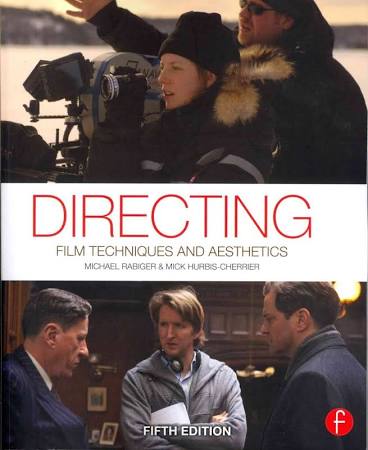I’ll be upfront—I’m currently working my way through “Directing: Film Techniques and Aesthetics” by Michael Rabiger, and it’s proving to be a bit of a rollercoaster. On one hand, a significant portion of the content seems geared towards beginners, which can be frustrating for those of you with a solid foundation in filmmaking.
However, just when I start to feel like I’ve heard it all before, Rabiger surprises me with a nugget of wisdom that I hadn’t quite considered on my own. It’s those moments of revelation that compel me to recommend this book to new filmmakers.
While it may seem like a mixed bag, I’ve come to realize that “Directing” serves a vital purpose. It lays down the basics that newcomers to the world of filmmaking need to grasp, but it also occasionally challenges even experienced directors to revisit their understanding of the craft.
In fact, we’re considering making this book required reading for our film students. It’s an ideal starting point for those just setting foot in the world of film, and it’s equally valuable for those of us who need an occasional reminder to question our assumptions and broaden our perspectives.
So, while “Directing” may have its ups and downs, it ultimately offers a well-rounded view of the director’s role in filmmaking. Whether you’re a newcomer or a seasoned pro, it’s a book that will provoke thought and discussion, making it a worthwhile addition to your director’s toolkit.


